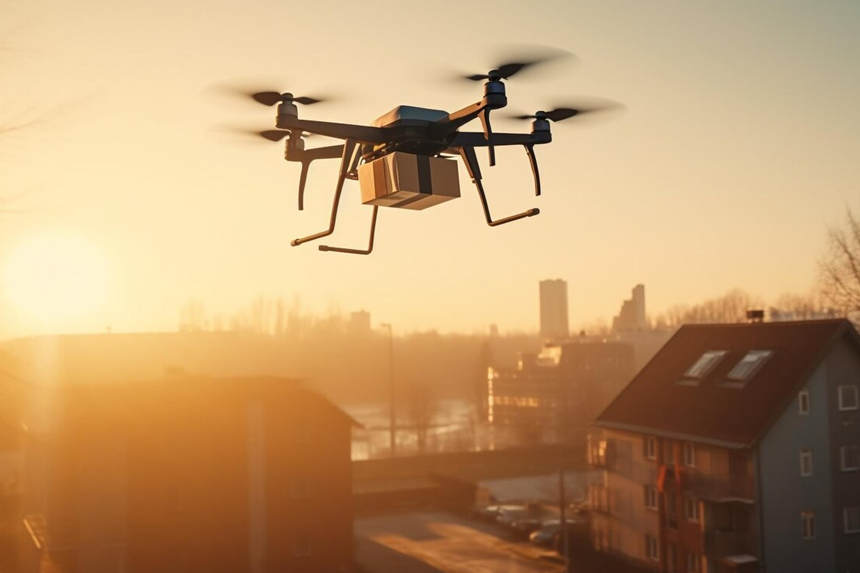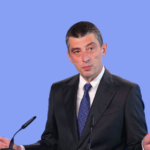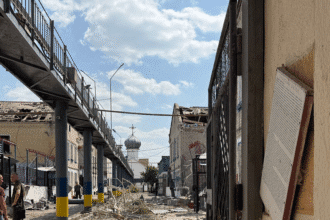Germany’s cabinet has made a significant decision to grant the military the authority to shoot down drones deemed suspicious near military facilities or other critical infrastructure. This move comes amid growing concerns over rising drone activity and a potential security threat from Russia, especially after the invasion of Ukraine. The increasing drone security threat has sparked a need for stronger measures to protect national security and critical infrastructure.
Why Is Drone Activity on the Rise?
In a statement from Interior Minister Nancy Faeser, she highlighted the increasing use of drones in Europe, particularly since Russia’s aggressive war against Ukraine began. “Especially since Putin’s war of aggression against Ukraine, we have seen that drones are being used more and more frequently, which poses an increasing challenge for the police and their current technology,” Faeser said.
This rise in drone activity has raised alarms, with authorities suspecting that Russia could be behind the increased use of drones for espionage, sabotage, or other hostile actions. The drones, flying close to military bases and sensitive sites, represent a growing security risk. The situation has led to heightened awareness of the growing drone security threat, which could pose significant risks to national security across Europe.
Is Russia Engaged in a Shadow War?
While Russia denies any involvement, Western governments and security officials suspect that the country is engaged in what is being referred to as a “shadow war” against those nations that support Ukraine. These actions reportedly include attempts to target international airliners, damage critical infrastructure, and influence democratic elections.
Polish Prime Minister Donald Tusk recently commented on the situation, confirming that Russia had planned to carry out acts of air terror, not only against Poland but also targeting airlines worldwide. “I can only confirm that Russia planned acts of air terror, not just against Poland but against airlines across the globe,” Tusk said, without offering further details. His statement followed reports that US President Joe Biden had warned Putin over these alleged plans.
What Are Dry Runs and Sabotage Attempts?
In November, Polish prosecutors revealed that a series of parcel fires targeting courier companies across Europe were dry runs, potentially aimed at sabotaging flights bound for the US and Canada. The fires reportedly involved groups believed to be connected to Russian military intelligence, specifically the GRU.
Tusk’s remarks came on the heels of a visit to Warsaw by Ukrainian President Volodymyr Zelensky, where the two leaders discussed increasing security in the region. A day earlier, NATO had announced a new mission to enhance surveillance over ships in the Baltic Sea, following incidents of damage to critical undersea cables in the past year.
How Frequent Are Drone Sightings Over Military Sites?
In Germany, there have been multiple instances of unidentified drones flying over military bases and critical sites. For example, at least 10 drones were spotted above the Manching Air Base near Ingolstadt, Germany, on a recent Sunday evening, according to German police. Additionally, there were previous sightings of drones over Manching and the nearby Neuburg an der Donau area. Drones were also reported near the US air base at Ramstein and in an industrial zone in the North Sea. The increasing number of drone sightings is adding to the growing drone security threat faced by Germany and its allies.
How Will the New Proposal Protect Critical Sites?
Under current regulations, the German Army is only allowed to assist police in forcing drones to move away or land, and in some cases, to fire warning shots to deter the drones. However, the new proposal, which still needs approval from Germany’s parliament, would allow the military to shoot down a drone if it poses a serious threat to human life or critical infrastructure. “Espionage or sabotage are regularly considered as a possible reason,” Faeser noted in her statement.
This new rule would significantly expand the powers of the German Army in dealing with what officials believe is a growing drone-related security challenge. The potential for escalating drone security threats has led to calls for more robust defense measures to protect against such risks.
Why Do Security Officials Suspect Russian Involvement?
The notion that Russia might be behind these incidents is gaining traction among Western security officials. In addition to the parcel fire sabotage attempts mentioned earlier, other attacks have occurred on warehouses and railway networks in EU member states, including Sweden and the Czech Republic. Though Russia has consistently denied any involvement in these activities, the pattern of incidents raises concerns about a coordinated effort aimed at destabilizing European countries.
While details of these incidents remain sparse, the consistent drone sightings and sabotage attempts are fueling fears that Russian military intelligence is orchestrating a broader campaign of subversive actions in Europe. “We have to take these threats seriously and act accordingly,” Interior Minister Faeser concluded.
Germany’s new authorization to shoot down drones is a clear signal of the growing tension in Europe and a reflection of the heightened security concerns in the wake of the ongoing conflict between Russia and Ukraine. The decision marks a significant step in safeguarding critical infrastructure and military sites against what is believed to be an increasing threat from hostile foreign actors, particularly the rising drone security threat linked to Russia.








